Crystal Melvin


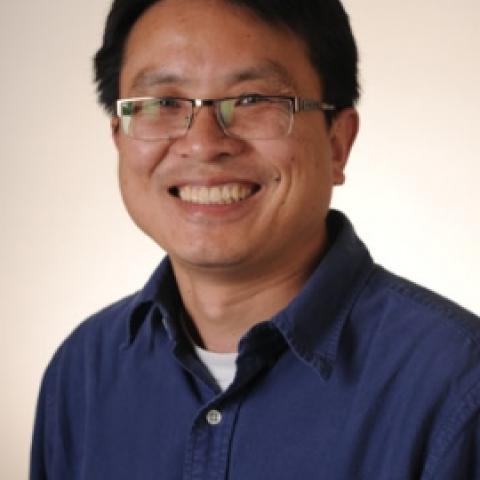
Yajun Mei is a Professor in the H. Milton Stewart School of Industrial and Systems Engineering at Georgia Tech.
Dr. Mei's research interests include change-point problems and sequential analysis in Mathematical Statistics; sensor networks and information theory in Engineering; as well as longitudinal data analysis, random effects models, and clinical trials in Biostatistics.
He received a B.S. in Mathematics from Peking University in P.R. China, and a Ph.D. in Mathematics with a minor in Electrical Engineering from the California Institute of Technology. He has also worked as a postdoc in Biostatistics for two years in the Fred Hutchinson Cancer Research Center in Seattle, WA.
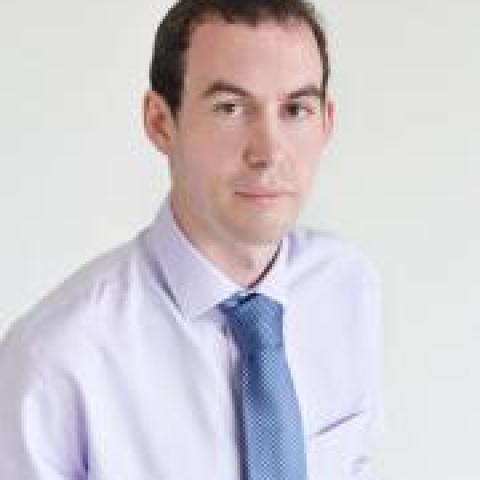
Julien Meaud joined Georgia Tech as an Assistant Professor of Mechanical Engineering in August 2013. Before joining Georgia Tech, he worked as a research fellow in the Vibrations and Acoustics Laboratory and in the Computational Mechanics Laboratory at the University of Michigan, Ann Arbor.
Dr. Meaud investigates the mechanics and physics of complex biological systems and the mechanics and design of engineering materials using theoretical and computational tools.
One of his research interests is auditory mechanics. In this research, he develops computational multiphysics models of the mammalian ear based on the finite element method. The mammalian ear is a nonlinear transducer with excellent frequency selectivity, high sensitivity, and good transient capture. The goal of this basic scientific research is to better understand how the mammalian ear achieves these characteristics. This research could have important clinical applications as it could help in the development of better treatment and the improvement of diagnostic tools for hearing loss. It could also have engineering applications, such as the design of biometic sensors. This research is truly interdisciplinary as it includes aspects of computational mechanics, structural acoustics, nonlinear dynamics, biomechanics and biophysics.
Dr. Meaud is also interested in the mechanics, design and optimization of composite materials, particularly of their response to cyclic loads. Tradtional engineering and natural materials with high damping (such as rubber) tends to have low stiffness. However, the microarchitecture of composite materials that consist of a lossy polymer and a stiff constituent can be designed to simultaneously obtain high stiffness and high damping. Using computational tools such as finite element methods and topology optimization, the goal of Dr. Meaud's research is to design composite materials with these unconventional properties. One of his future goal is to extend the design of these materials to the finite strain regime and high frequency ranges, in order to obtained materials tailored for the targetted application. This research includes aspects of mechanics of materials, computational mechanics and structural dynamics.
In Dr. Meaud's research group, students will learn theoretical and computational techniques that are used extensively to solve engineering problems in academic research and industry. Students will develop knowledge and expertise in a broad array of mechanical engineering areas. The knowledge that students will gain in computational mechanics, nonlinear and structural dynamics, structural acoustics, dynamics and composite materials could be applied to many domains in their future career.
Meaud investigates the mechanics and physics of complex biological systems and the mechanics and design of engineering materials using theoretical and computational tools. One of his research interests is auditory mechanics. In this research, he develops computational multiphysics models of the mammalian ear based on the finite element method. The mammalian ear is a nonlinear transducer with excellent frequency selectivity, high sensitivity, and good transient capture. The goal of this basic scientific research is to better understand how the mammalian ear achieves these characteristics. This research could have important clinical applications as it could help in the development of better treatment and the improvement of diagnostic tools for hearing loss. It could also have engineering applications, such as the design of biometic sensors. This research is truly interdisciplinary as it includes aspects of computational mechanics, structural acoustics, nonlinear dynamics, biomechanics and biophysics. Dr. Meaud is also interested in the mechanics, design and optimization of composite materials, particularly of their response to cyclic loads. Tradtional engineering and natural materials with high damping (such as rubber) tends to have low stiffness. However, the microarchitecture of composite materials that consist of a lossy polymer and a stiff constituent can be designed to simultaneously obtain high stiffness and high damping. Using computational tools such as finite element methods and topology optimization, the goal of Dr. Meaud's research is to design composite materials with these unconventional properties. One of his future goal is to extend the design of these materials to the finite strain regime and high frequency ranges, in order to obtained materials tailored for the targetted application. This research includes aspects of mechanics of materials, computational mechanics and structural dynamics.
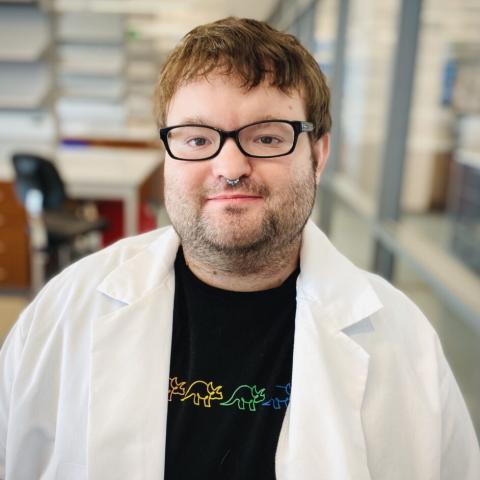
The questions that keep us up at night are: How does the immune system present and recognize antigens to combat disease? What are the molecular features involved in stimulating robust and specific immune responses? How can we exploit distinct features of immune recognition to develop new treatments for disease? Our research centers on answering these important questions. We focus on the CD1 family of major histocompatibility complex class I (MHC-I) related proteins, which present both self and foreign lipids to αβ, γδ, and natural killer T cells. Examples of CD1 complexes involved in the adaptive and innate immune response to human disease include those associated with lipids derived from cancerous cells (Leukemia, Carcinoma, Lymphoma, Melanoma), wasp/bee venom including yellowjackets of the genus Vespula who represent Georgia Tech's mascot Buzz (Hymenoptera venom allergy), bacterial pathogens (Mycobacterium tuberculosis - Tuberculosis, Borrelia burgdorferi - Lyme Disease, Pseudomonas aeruginosa - Pneumonia), viral pathogens (HSV-1 - Herpes, HBV - Hepatitis B), marine sponges, and self cells in autoimmune disease (Dermatitis, Psoriasis, Lysosomal Storage Disease). Recent studies have shown that CD1 can also associate with and present a much broader range of antigens, such as skin oils that lack a discernible hydrophilic head group, lipopeptides, and non-lipid small molecules. Unlike peptide antigen presentation by high polymorphic human MHC-I complexes for which therapeutics must be tailored to a patients genetic background, the non-polymorphic nature of CD1 means that lipid/CD1 molecules are attractive candidates for donor-unrestricted (i.e. universal and patient-haplotype independent) vaccines and immunotherapy treatments. Progress in the development of lipid/CD1 mediated therapies has been hindered by an incomplete understanding in several important features of the CD1 antigen processing and presentation pathway as well as a lack of structural information for clinically relevant lipid/CD1 complexes. We aim to address these knowledge gaps with our research.


Patrick McGrath's research group is interested in understanding the genetic basis of heritable behavioral variation. In the current age, it has become cheap and easy to catalog the set of genetic differences between two individuals. But which genetic differences are responsible for generating differences in innate behaviors, including liability to neurological diseases such as autism, bipolar disease, and schizophrenia? How do these causative genetic variants modify a nervous system? Besides their role in disease, genetic variation is the substrate for natural selection. To understand how behavior evolves, we must understand how it varies.
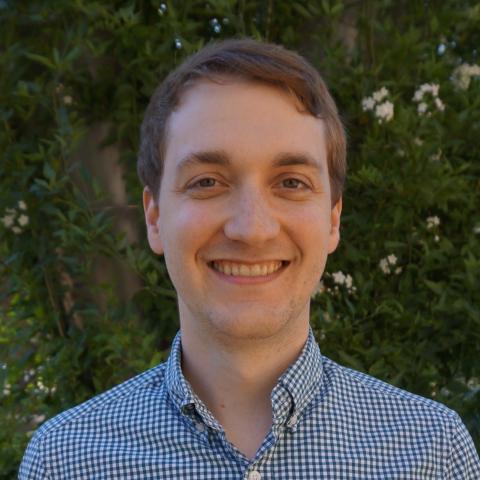
My lab investigates how our brains and nervous systems develop and function. We aim to understand molecularly how neurons build synapses, the specialized junctions that support rapid neuronal communication. Our brains build ~100 trillion synapses during development and continue to build synapses in daily adult life. The location and properties of these synaptic connections fundamentally determine neuronal function. We aim to understand how synapses are formed and function at a molecular and cellular level to advance a bottom-up understanding of the brain and identify avenues for the regeneration of synapses in neurodegenerative diseases. We approach this question using live-animal super-resolution imaging of synapse formation, in vitro biochemical reconstitutions, and genetics with CRISPR/Cas9. We primarily use the model organism C. elegans, a nematode worm with a well-defined nervous system containing just 302 neurons that make around 7000 synapses. With these tools, we are currently investigating synaptic cell adhesion signaling pathways and the liquid-liquid phase separation of core synaptic proteins as conserved mechanisms of synapse formation.
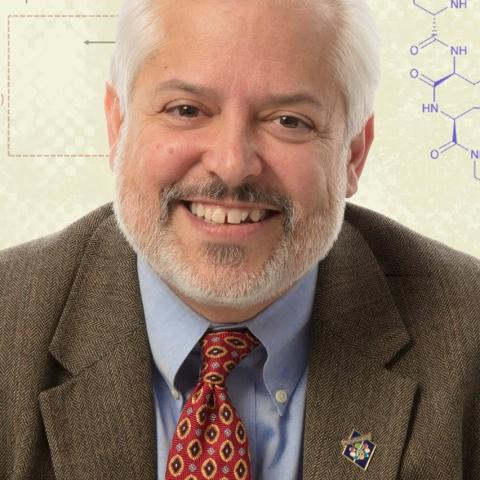
In the McCarty lab, we focus on the molecular physiology of ion channels and receptors, with emphasis on epithelial chloride channels. Our specific focus is the pathophysiology of Cystic Fibrosis, including the structure/function of CFTR and its many roles in the airway. We pioneered the use of peptide toxins as probes of chloride channels. We also have projects that study the functional consequences of heterodimerization among GPCRs, the role of CFTR in regulation of sweat composition, and the molecular ecology of predator-prey interactions in the marine environment. Our translational research in CF targets: (a) the mechanism by which the expression of mutant CFTR in airway epithelial cells impacts the development of CF-related diabetes; and (b) identification of biomarkers of acute pulmonary exacerbations in CF along with development of a novel device for their detection in the home.
The goal of the Center for Cystic Fibrosis Research is to engage Atlanta researchers in basic and translational research that will lead to a better understanding of the pathophysiology of this disease and/or generate new devices and treatments to increase the length and quality of life for CF patients. The novel theme for these research activities is 'The Systems Biology of the CF Lung'.
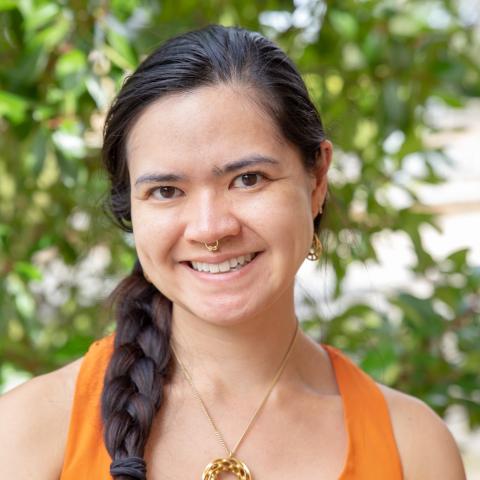
Sabetta Matsumoto received her B.A., M.S. and Ph.D. from the University of Pennsylvania. She was a postdoctoral fellow at the Princeton Center for Theoretical Sciences and in the Applied Mathematics group and Harvard University. She is a professor in the School of Physics at the Georgia Institute of Technology. She uses differential geometry, knot theory, and geometric topology to understand the geometry of materials and their mechanical properties. She is passionate about using textiles, 3D printing, and virtual reality to teach geometry and topology to the public.

Our work focuses on how the brain decides which action to perform at each moment in time – that is, action selection. We are interested in the cortical and subcortical circuits that mediate this process, and how they go awry in neurological disorders such as Parkinson’s disease. Specifically, we perform measurements of large-populations of neural activity in freely behaving mice using imaging and physiology, and distill their behavior in real-time using 3D cameras and probabilistic approaches to machine learning. Additionally, we are pursuing new methods to control activity in these circuits using precision closed-loop deep brain stimulation.